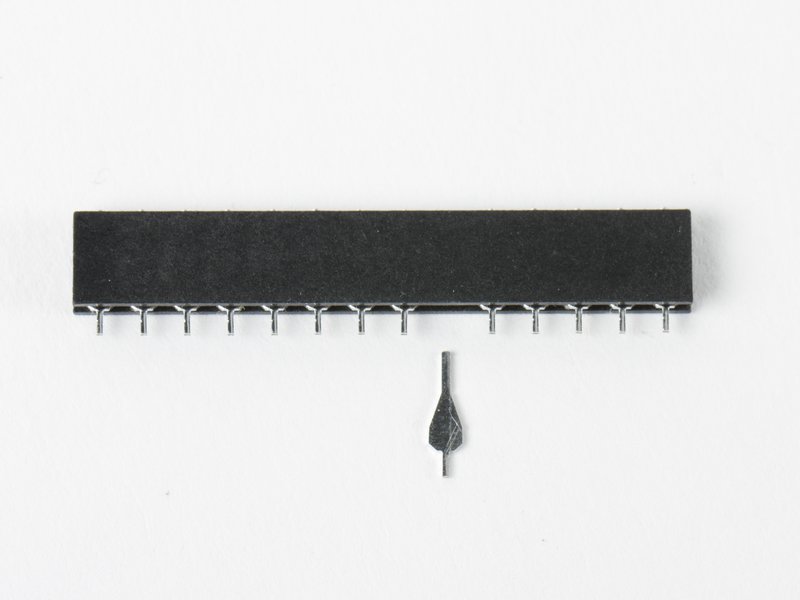
AYAB — All Yarns Are Beautiful — is an open source hardware and software project that provides an alternative way to control the widely-loved Brother KH-9xx range of knitting machines using a computer. There are other hacks (such as Img2Track, Knitic and electro-knit) which work with certain machines in certain conditions. The AYAB interface works with all Brother KH-9xx machines except the KH-970.

We’ve just launched a new interface board for the AYAB project. They’ve written about it on their site, and you can read the product details on our store page for it.
Historically, these machines were programmed with semi-transparent picture cards which were scanned by the machine line by line. For later machines, you could enter a pattern via lots of tedious button-pressing. Some models had an add-on gadget that connected to your vintage TV.

With the AYAB interface, you can provide an image of up to a 200 pixel (or needle) size from your computer. The control is done by an Arduino-compatible microcontroller board, which replaces the vintage control board. We are excited to be helping to bring new capabilities to these beloved machines.
















